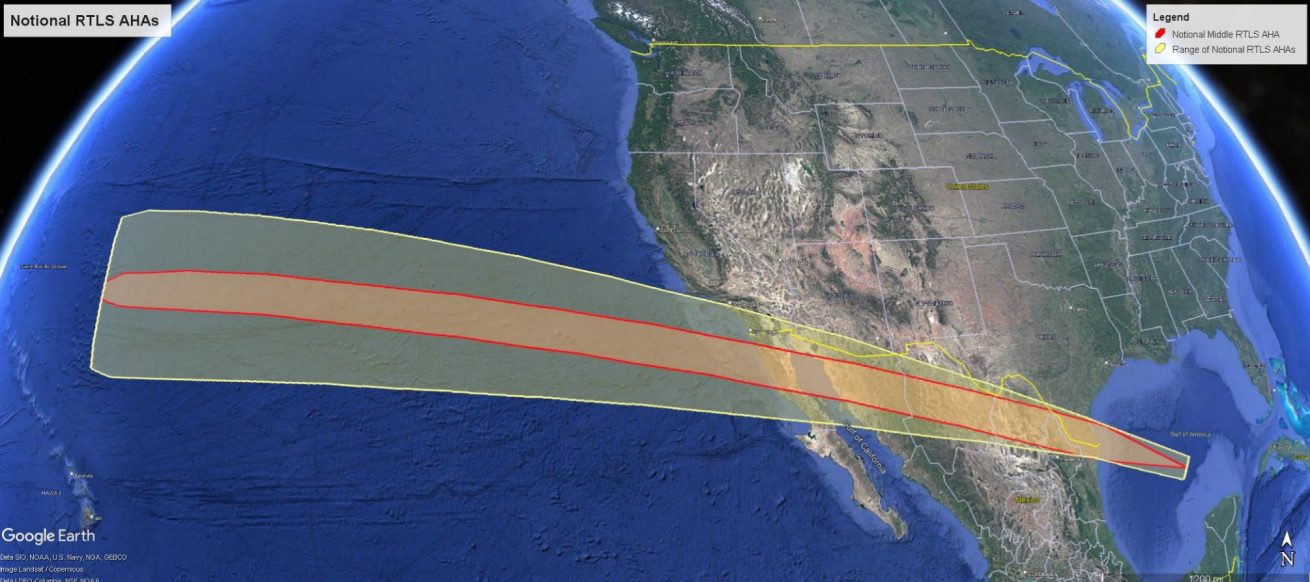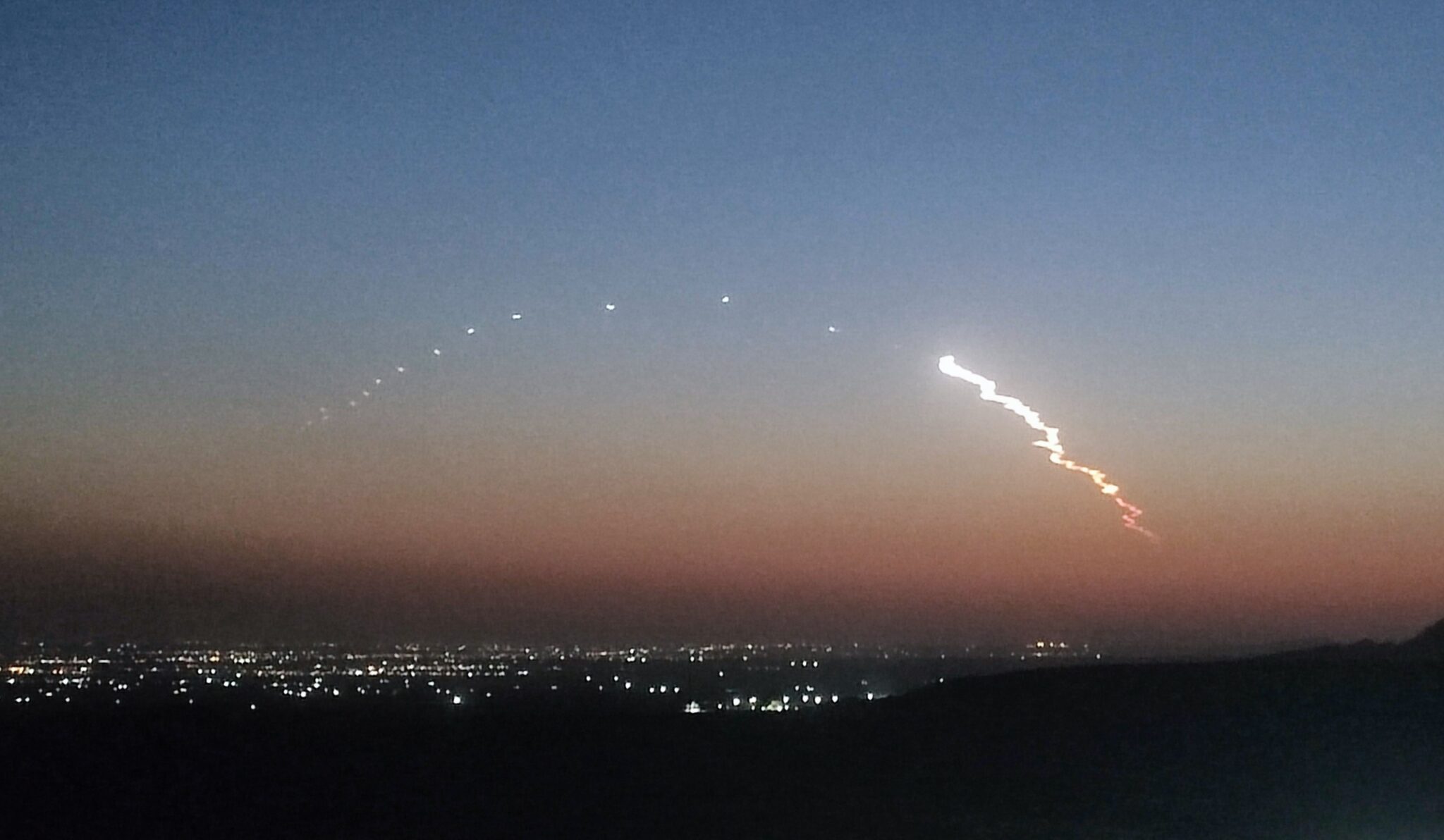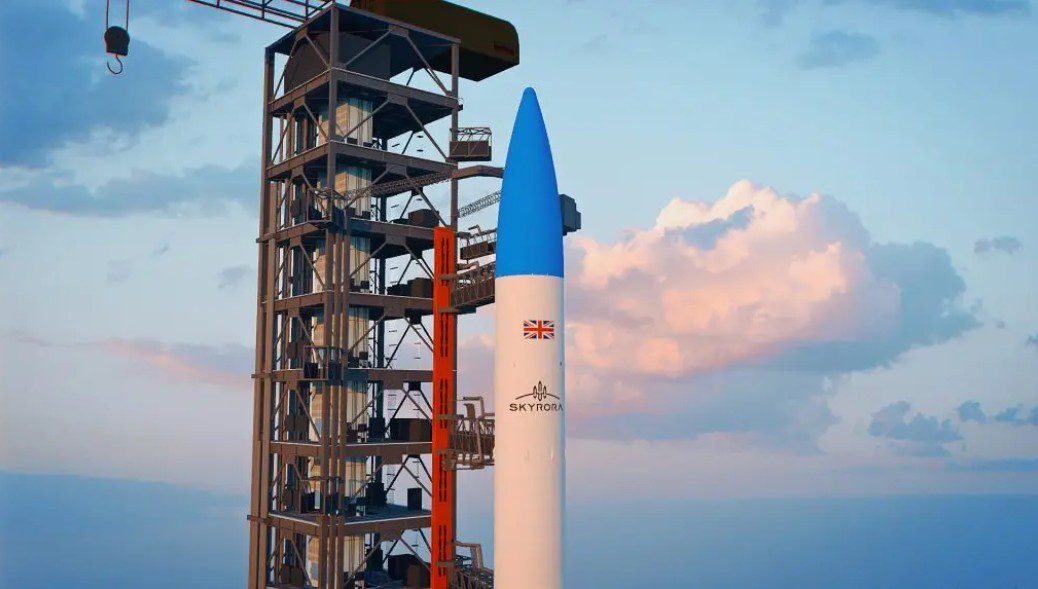After a series of three consecutive interception test failures the latest of which involved the interceptor not detaching from its carrier rocket in July 2013, the anti-ballistic missile system that protects the United States of America at last had some good news. In a flight test on 22 June 2014, using a Ground Based Midcourse Defence (GMD) missile, the Raytheon built Capability Enhancement 2 Exoatmospheric Kill Vehicle was flown to a successful interception. The system’s overall strike rate now stands at 9 out of 17 launches.
In the FTG-06B test run by the US Missile Defense Agency, a target warhead was launched by ballistic missile launched from the Kwajelein Atoll in the Pacific. A GMD interceptor missile was then launched from the Vandenberg missile site in California. Using tracking data supplied from a variety of resources including US Navy Aegis system equipped warships, the interceptor successfully struck the target, destroying it via its ballistic impact.
While it the defence system cannot cope with a massed missile attack, the GMD interceptor missiles are already deployed at Fort Greely, Alaska, are designed to counter small numbers of ballistic missiles launched by “rogue states” of which North Korea is cited as a prime example.







